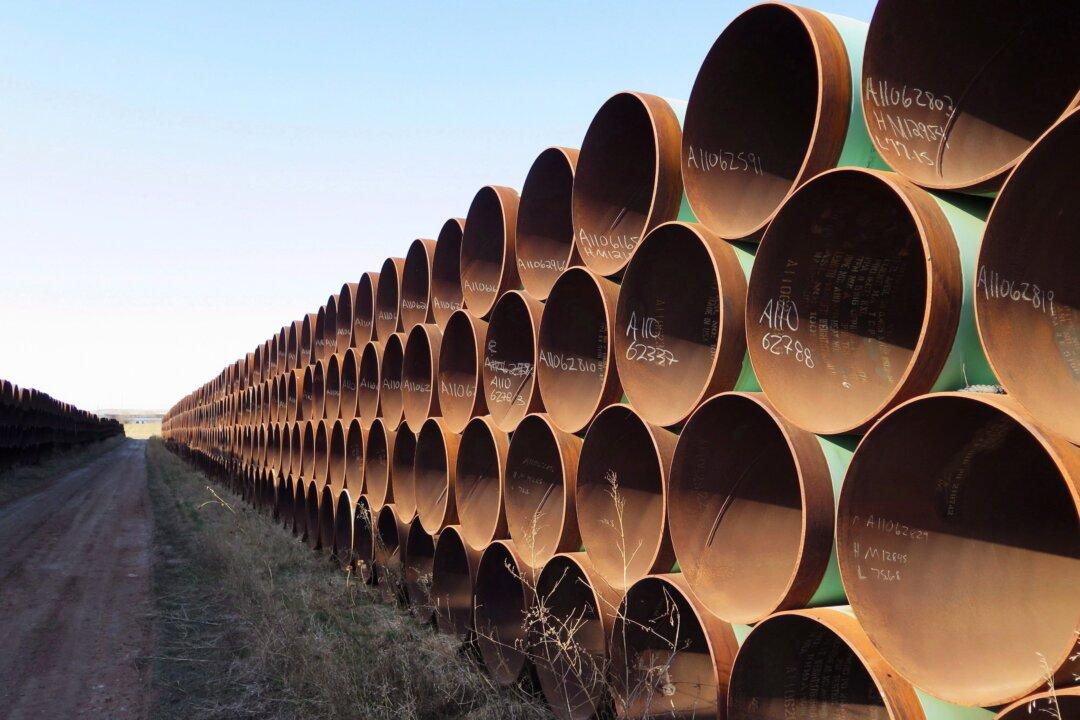President Donald Trump signed an executive order on March 29, that authorized the construction of the Keystone XL oil pipeline with a facility in Montana.
Friday’s permit replaces one that was granted in March 2017.


President Donald Trump signed an executive order on March 29, that authorized the construction of the Keystone XL oil pipeline with a facility in Montana.
Friday’s permit replaces one that was granted in March 2017.